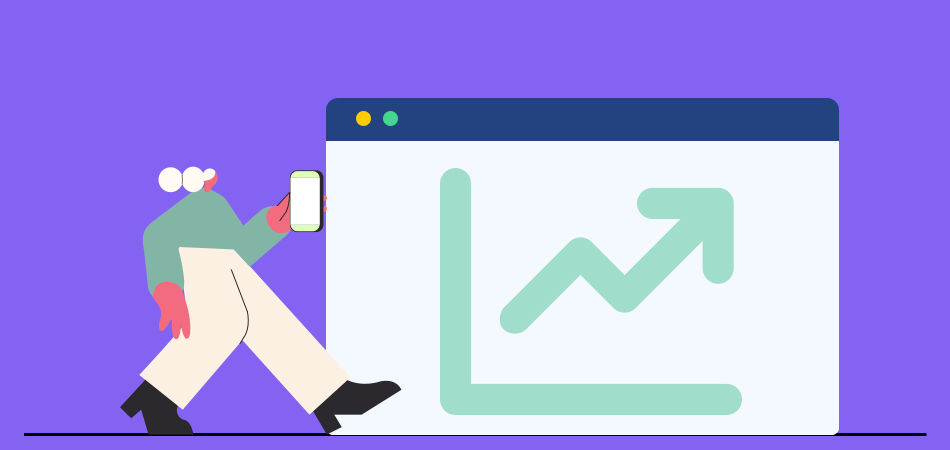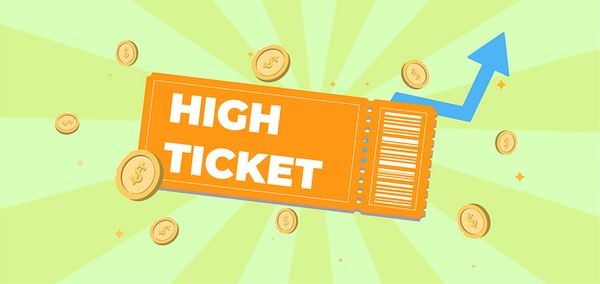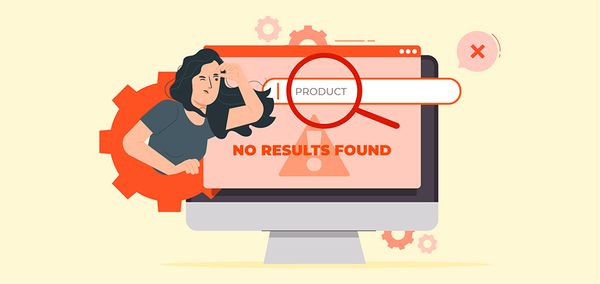7 eCommerce Key Performance Indicators (KPIs) to Monitor Your Business

Knowledge is powerful!
But, what are we actually achieving with the huge amount of data collected by ecommerce retailers?
That’s a question we will answer in this article.
Every website collects data related to user activity on the mobile app or ecommerce website. Using this data, we can find numbers to know the return rate, successful order placement, and other key performing indicators. These ecommerce KPIs help improve revenue, resolve errors, and grow business.
What Is a KPI
A key performance indicator is a type of metric that helps your business understand your progress. You can pinpoint different key pointers and create a map to success. Ecommerce KPIs help you generate a roadmap that leads you to your business goals.
Important eCommerce KPIs to Track
How can you know what are important ecommerce KPIs for your business? While this may depend on your brand, here are a few metrics to understand.
1. Cart Abandonment Rate
Whenever a customer leaves items in your cart, we call that a cart abandonment and the metric associated with it becomes the cart abandonment rate. This involves knowing how many people left the website right before purchasing.
The point of knowing this KPI is understanding the challenge faced by the customer.
Was it the way you created the page or is the payment process too hard, or was there lag in the page? Knowing the reason helps you remove the challenge and in the end, lower the Cart Abandonment Rate.
In fact, experts believe that you can gain back a lot of these customers just by understanding the KPI and eliminating the issue.
Cart abandonment rate = 1 – {(Total completed transactions)/(Total creation of shopping carts)} x 100
Since every ecommerce website experiences this issue, judging the percentage of this ecommerce KPI can help you dig deeper.
2. Customer Acquisition Cost
The second ecommerce KPI on the list is the customer acquisition cost, which means the amount of money you need to spend to retain or onboard a customer. For example, you have spent USD 100 on acquiring 10 customers, so your CAC may turn out to be USD 10 per customer.
You need to know your CAC. It helps you understand the amount of money you are spending on the customer, and lowering this value improves your revenue.
If you are selling the product at USD 4000, then spending USD 100 on acquiring a customer is pretty decent. However, when you are selling a backpack worth USD 100, your CAC should be less.
| Get Started Now to Grow Your Online Business with the Best AliExpress Dropshipping Tool - DSers! |
This is not the only purpose of understanding the CAC of your business.
The major reason why customer acquisition cost is calculated is that you have to create a budget. Based on the CAC and the number of customers you are planning to onboard in the next quarter, you can decide your budget.
When you are able to strategically reduce your CAC, you can onboard more leads with the same budget. Your profit margins increase, which impacts your revenue positively.
With that being said, it is necessary to remember that when your sales increase and CAC also increases with it, you may end up with lower profit than higher because of an unbalanced CAC.
CAC = Money spent on customer acquisition/Total acquired customers
3. Conversion Rate
Conversion rate is a common ecommerce KPI measured by almost every business. This helps you understand the number of customers you were able to convert using a particular method. For instance, the number of people who made a purchase after checking the CTA or landing page.
This metric is the truth!
Therefore, the ideal definition of conversion rate is the percentage of people who take some action on your ecommerce store. This can be signing up for a newsletter, purchasing something, or reading an article. The term conversion changes depending on your end goal.
How does this help?
Let’s say that you have a landing page for software development services. This page has decent traffic but lower conversion. We can sense that there’s something wrong with the way we deliver information. When we dig deeper into the case, we can potentially find issues like too much content, poor design, non-interactive website, etc.
A conversion rate between 2-3% is considered favourable for businesses. This means 2-3 conversions every 100 visitors.
Conversion rate = (Total conversions/Total leads) x 100
4. Average Order Value
The average order value is an ecommerce KPI that helps you understand the average amount any customer spends on your store.
The reason why it is necessary to find the AOV is that it helps you improve your revenue. A higher AOV is a sign of growth.
AOV = Total revenue of the business/Total orders
5. Customer Lifetime Value
The customer lifetime value, as the name suggests, is a number that helps you know the profit you have made with a customer throughout their relationship with the brand. It can be tiring to understand the worth of a customer with your business. But, it is necessary. Firstly because it helps you build and maintain your brand ambassadors. Secondly, you can find retention tricks to improve your CLV.
CLV= (Average times of purchase)x(Average value of the order)x(Average time of retention)
Having a better CLV helps you improve a lot of other ecommerce KPIs.
For example, a better CLV means your retention is high, which means that you can keep retaining these customers instead of finding a lot of new ones. Every new customer acquisition is costlier than retaining an old one.
6. Order Accuracy Rate
The order accuracy rate is another important ecommerce KPI that helps us identify the number of orders we are packing and shipping correctly without any challenges. The errors in these phases can be packing the wrong item, sending the wrong quantity, sending a damaged product, delaying the delivery, etc.
Knowing the order accuracy rate helps you know fulfilment efficiency, offer error-free services, ensure accurate deliveries, and improve customer experience. In the larger picture, these efforts help us retain more customers.
Order accuracy rate = (Total accurately fulfilled orders/Total fulfilled orders) x 100
7. Return Rate
The last metric on the list is the return rate, which means the frequency with which your customers return your products. It is necessary to keep a close eye on this metric because it helps you understand your users’ satisfaction with the product.
You can know customer satisfaction, the reason for return, and possible measures to resolve the issue.
When you are not accepting returns, like many other small businesses, it is not possible to understand the information related to this ecommerce KPI. You can try to take customer feedback but that may not be similarly accurate.
Return rate = (Total returns/Total orders) x 100
Conclusion
Ecommerce retailers need to take care of the quality of products, fulfilment, customer experience and a lot of other things. When you are not measuring ecommerce KPIs, you are missing out on the chance of reducing challenges and improving your revenue. Check out the most important 7 ecommerce KPIs we discussed above and understand the key reason behind customer satisfaction and revenue growth.













 Company
Company
 Why Choose DSers
Why Choose DSers
 Blog
Blog
 Help Center
Help Center




 Live Chat
Live Chat